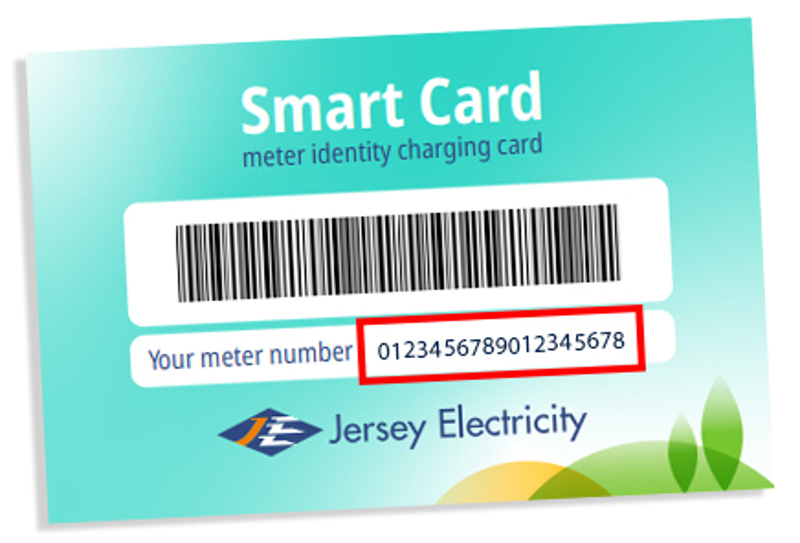While an eight-year-old chocolate Labrador rescue dog called Buzz, with a nose for electromagnetic power surges, has been trained by researchers in Royal Wootton Bassett to detect breakages in power cables, Jersey Electricity has its own a secret weapon in answer to the often complex issue of detecting faults on underground cables - a ‘diagnostic van’ designed and fully equipped by the engineers who use it.

Buzz training in Royal Wootton Bassett
While an eight-year-old chocolate Labrador rescue dog called Buzz, with a nose for electromagnetic power surges, has been trained by researchers in Royal Wootton Bassett to detect breakages in power cables, Jersey Electricity has its own a secret weapon in answer to the often complex issue of detecting faults on underground cables - a ‘diagnostic van’ designed and fully equipped by the engineers who use it.
CATs, Sniffers, Thumpers and Time Domain Reflectometors (TDRs) are all part of the armory of the highly experienced crew who can be called upon 24 hours a day to get the lights back on in the event of a power failure on Jersey’s sophisticated distribution network.
High voltage faults, which can affect large numbers of homes and businesses, are immediately apparent but rare. Priority is to get customers back on supply by isolating the faulty cable and re-routing the supply around it. This provides time to locate and repair the actual fault later. Low voltage faults, those on cables carrying 415 Volts or less, are more frequent but might not be as apparent until the owners of the few affected premises call in.
Locating a fault on a cable 1,500 metres long and buried over a metre underground, calls for sophisticated equipment and the experienced eyes and ears of the call-out engineers.

JE Stand-by Engineer Ashley Marner demonstrates equipment in his 'diagnostic van
The ‘diagnostic van’ is fitted with TDRs that can survey up to 65km of cable. These can be linked to Thumpers that create and pass an electric pulse of up to 30kV down a defective cable. This, in turn, creates an arc at the fault point that shows as a severe deflection of the pulse line on the TDR monitor, similar to a medical cardiograph.

A fault point will show as a severe deflection of the pulse line on the TDR monitor
Ashley Marner is one of Jersey Electricity’s 12 on-call engineers and is the man who devised the van. He says: ‘We’ve always had a fault van in one guise or another but we had to load up the necessary tools and equipment each time from stores. This has everything we need for almost all types of fault to ensure we find the fault as quickly as possible.
‘We can turn up to a substation and from a normal 13Amp socket, we can connect all the equipment that can survey for an 11kV fault. Once the cables are connected and the area made safe, we can sit safely in the van, whilst carrying out the necessary analysis.’
‘Once we have pre-located the fault, we use pin-pointing equipment to narrow down the search. For HV faults we use listening devices to pick up the explosive sound created when pulses make an arc over the fault. For LV faults we use the Sniffer because the explosive arc will give off gases. By drilling a small hole in the tarmac, the Sniffer will hopefully detect these gases.’

Ashley demonstrates the Thumper on a cable above ground for JE CEO Chris Ambler
Even with all the technology, Ashley admits fault-finding can be something of a ‘dark art’, adding: ‘I’ve known some of the most experienced guys to simply point at the ground and say: “Dig there” and they’ve been spot on!’ That knowledge comes with years of experience as well as knowing the network extremely well.’
Every call-out engineer is accompanied by two JE jointers and a two-man Geomarine digging team for when the diagnostics are complete and the digging and repair has to begin.
JE CEO Chris Ambler said: ‘We pride ourselves on providing secure, reliable and sustainable supplies of electricity to our 50,000 customers, but electrical faults are inevitable in the power business. On the rare occasions they do occur we aim to have customers reconnected as fast as possible.
‘This ‘diagnostic vehicle’ helps us towards that goal. I am particularly pleased that this has come about from the initiative of the engineers themselves. To purchase such a vehicle read-equipped, as power companies do in the UK, would cost thousands of pounds and can never be completely tailored to our needs. So this is a good example of improving our service response, while at the same time managing our costs – something we are always striving to do at Jersey Electricity – though we are not, at present, considering employing Labradors!’







